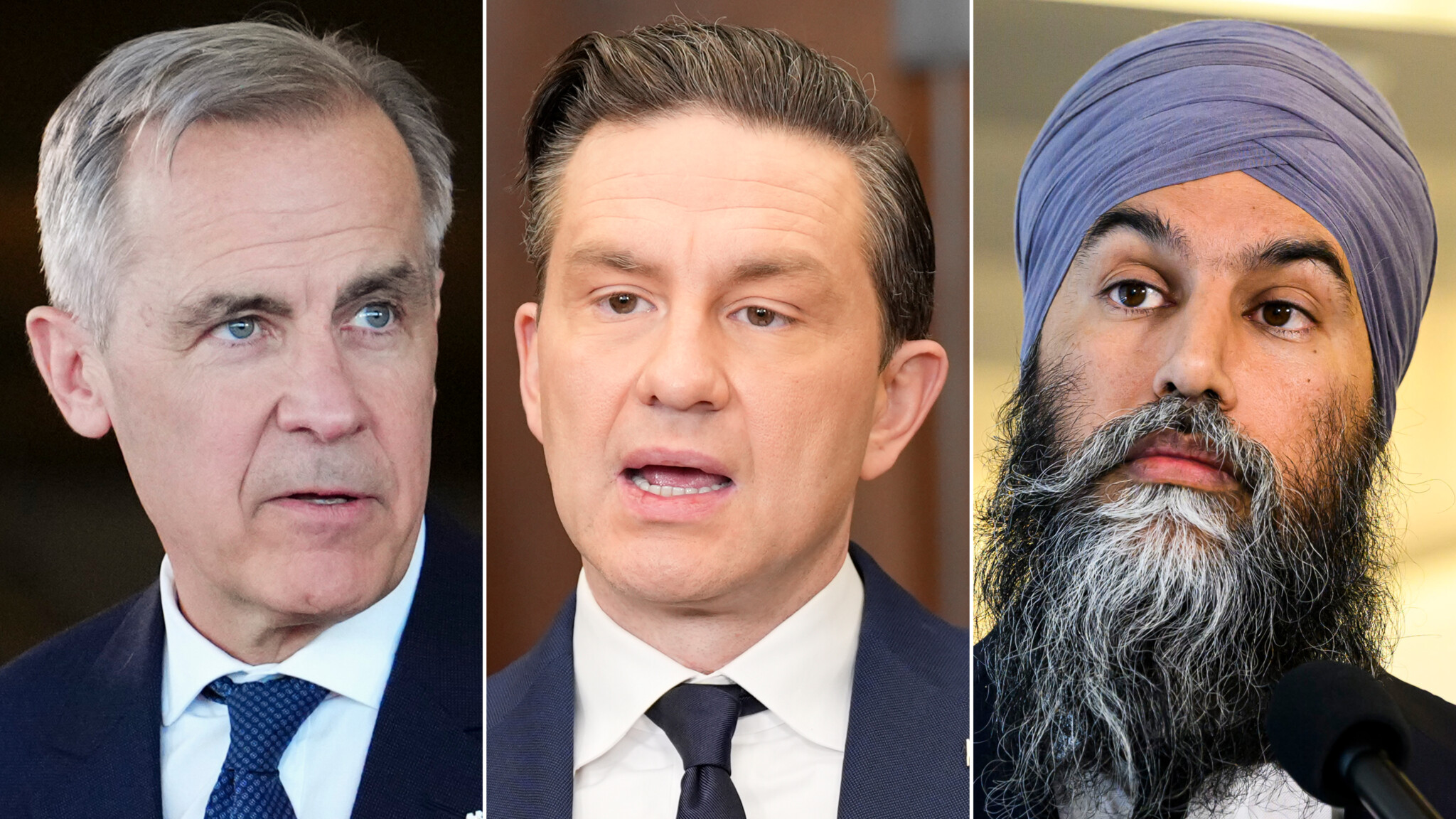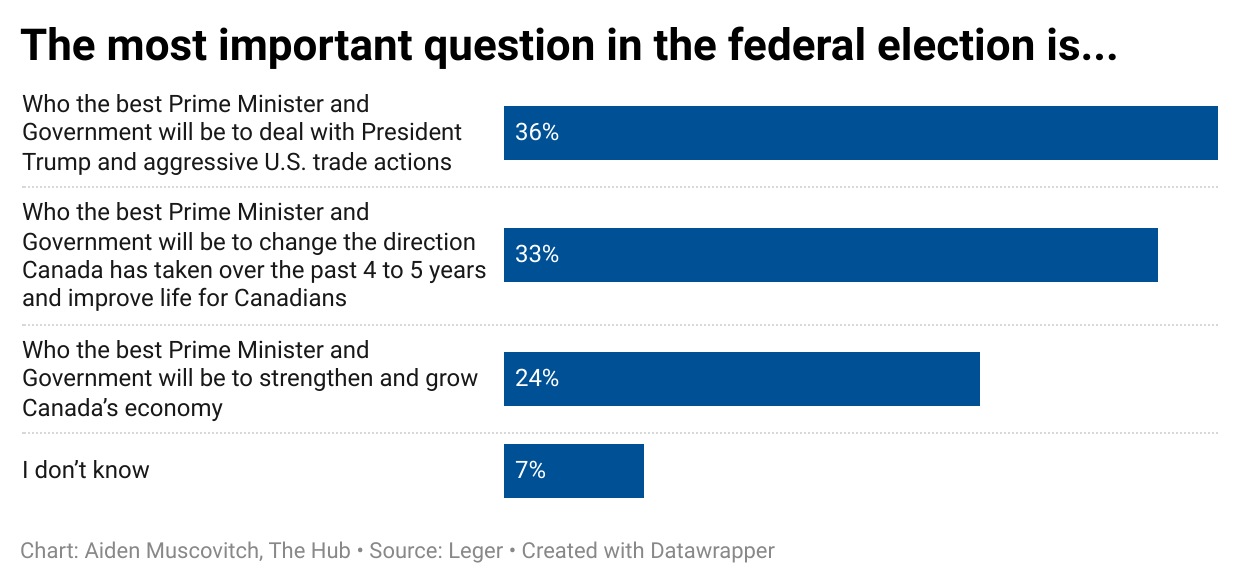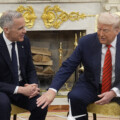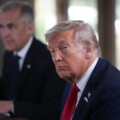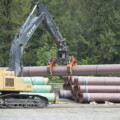This is the (Mid) Week in Polling, your Wednesday dose of interesting numbers from top pollsters in Canada and around the world, curated by The Hub. Here’s what we’re looking at this week.
The Liberals are ahead of the Conservatives as the election kicks off
Politicians are off to the races, now that an election has been called for April 28th. The parties will have 33 more days to convince voters that they deserve their trust.
As the campaign begins, the Liberals are ahead in an aggregation of all major pollsters done by 338Canada. The Liberals currently lead the Conservatives by 4 percent, a 2 percent increase compared to last week.
During the week of Justin Trudeau’s resignation, the Conservatives were at 47 percent and the Liberals at 20, according to Abacus Data. Now, the Conservatives are at 37 and the Liberals 41 in their national polling average.
“We need to build the strongest economy in the G7. We need to deal with President Trump’s tariffs,” Liberal leader Mark Carney posted on X, after announcing the election. “Canadians deserve a choice about who should lead that effort for our country.”
Carney does not currently hold a seat in the House of Commons, but he announced that he is running in the Ottawa-area riding of Nepean, formerly held by Liberal MP Chandra Arya. Arya had his election nomination revoked by the Liberal Party and is unable to run in this federal election as a Liberal candidate. The Liberal Party also ousted Arya from its party leadership contest, claiming he made a few rule violations, but the party never revealed what had happened that demanded his removal from the running. He’s been MP for Nepean since 2015. Prior to this news, many had thought Carney might run in Edmonton, where he grew up.
This week, Carney had events in Atlantic Canada, including a rally in St. John’s. Carney announced he would cut the marginal tax rate for the lowest tax bracket by 1 percent. He said that would benefit a dual-income family by up to $825 a year.
Meanwhile, Conservative party leader Pierre Poilievre held a series of rallies and events across Ontario. In his visit to the Kruger manufacturing centre in Brampton, he promised that if he formed government, he would drop the lowest personal income tax bracket from 15 percent to 12.75 percent. This represents a 2.25 percentage point reduction, which amounts to a 15 percent decrease relative to the original rate.
Over a third of Canadians say the key issue is who is best equipped to manage Trump
Canadians are prioritizing strong international leadership in the face of tense U.S. trade relations. Thirty-six percent say the most important issue in the federal election is choosing a prime minister and government able to handle President Trump. Meanwhile, 33 percent believe the priority should be electing a government committed to fundamentally changing the country’s direction and improving life for Canadians. Another 24 percent are focused on finding leadership that will emphasize strengthening and growing Canada’s economy.
Among Liberal voters, 59 percent are focused on electing a leader capable of handling Trump and navigating U.S. trade tensions. Just 15 percent want a transformative government, while 25 percent see economic growth as the top concern.
Among Conservative voters, 56 percent believe the most pressing issue is changing Canada’s direction over the past four to five years. Only 15 percent align with Liberals on prioritizing leadership to deal with Trump, while 25 percent say the most important question is electing a government focused on economic growth.
The NDP has collapsed under Liberal pressure
The New Democratic Party, led by Jagmeet Singh, has fallen by 14 percent since late December of last year. At that time, the NDP was polling ahead of the Liberals by 5 percent, at 21 and 16 percent of voter share, respectively.
The NDP lead started to crumble around the end of January, after Trudeau’s resignation announcement. Today, the NDP holds only 7 percent of the Canadian voter share, according to a recent Angus Reid poll.
Jaime Watt, executive chairman of Navigator Limited, a Canadian public affairs firm, wrote in the Toronto Star that the collapse of the NDP vote will “ultimately determine the final outcome of the next federal election.”
Eric Grenier, who runs the CBC’s polling aggregator, said the NDP’s low polling averages put their party in jeopardy of losing three-quarters of its 24 seats in the House of Commons. “You probably have to go back to the 1990s to find the NDP polling so poorly,” Grenier said.
“Let’s be clear, there’s massive challenges. I’ve got no illusions about that. There are some serious challenges that we’re up against,” Singh admitted last week in Toronto.
